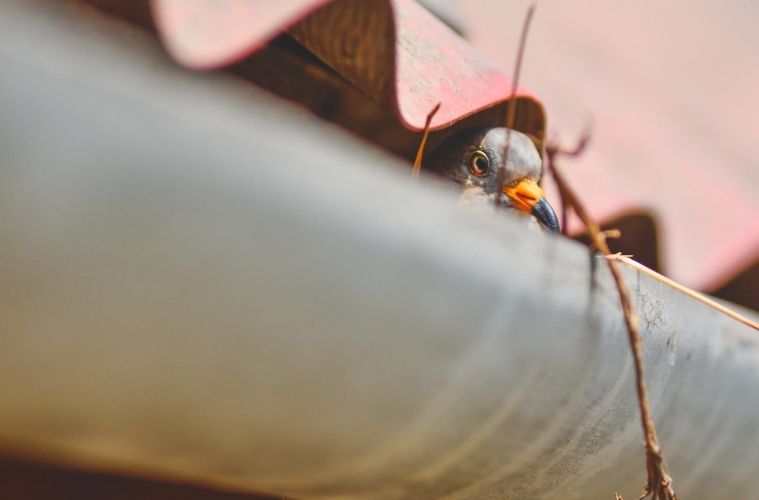No one wants pests in their home. They’re gross and annoying, and they can damage your house or bring in various diseases that can harm you or your loved ones. Pest control is a thriving industry, but these services often only apply to inside the house, such as in the basement, attic, or crawlspace. Homeowners must realize that pests can live outside their homes, too, especially in the gutters. Here are some of the most common pests that may live in your gutters and some tips on how to get rid of them.
Bees, Hornets, and Wasps
Getting stung is no joke. Some people are allergic to these stinging insects, and they can react in massive hives or worse. Others just feel a sharp and uncomfortable pain. Regardless, gutter systems are common homes for bees, hornets, and wasps. Don’t be surprised if you see a nest, given the coziness and seclusion your gutters provide them. Keep them away by using a closed gutter system or by calling a professional to eliminate them.
Snakes
No one wants to picture a snake merely inches from their front door, but snakes can and do find their way up gutters. Snakes often nest in gutters during the summer because they’re wet, shady, and attractive to rodents (as we’ll mention below). Instead of removing a snake yourself, it’s best to call a professional. They’ll have the equipment to deal with these creatures, especially if they’re poisonous.
Rodents
Mice, chipmunks, and squirrels are smaller creatures, which make them some of the most common pests that may live in your gutters. Their tiny hands and legs have no trouble climbing downspouts and building nests in the gutters. Fall and winter are common seasons for mice habitation due to the colder weather. Wild mice may not harm you like bees or snakes, but they reproduce rapidly, which can cause an infestation. Worse, they bite through wood and can find their way inside. Seal any cracks, holes, or gaps in your building, and regularly clean your gutters to prevent any rodent hiding places.
Birds
Last, but perhaps most importantly, birds commonly nest in gutters. It makes sense, given what collects in rain gutters: twigs, leaves, branches, sticks, muck, dirt, and other perfect nesting materials. Gutters are also high up, which make them safe and out of reach of predators. Bird nests aren’t the worst situation, but the situation can be complicated if eggs or young birds are in the nest. With gloves, carefully remove the nest and place it in a nearby tree. If you’re uncomfortable with that, call a professional to do it instead. Then, consider any of these tips for keeping birds away, such as gutter guards, bird repellent, or bird spike.

